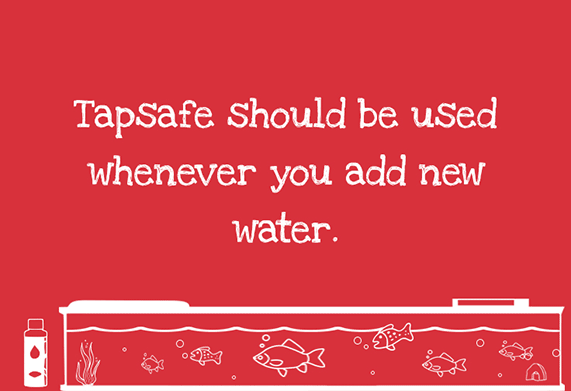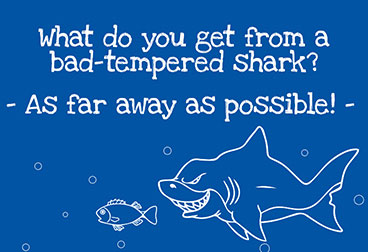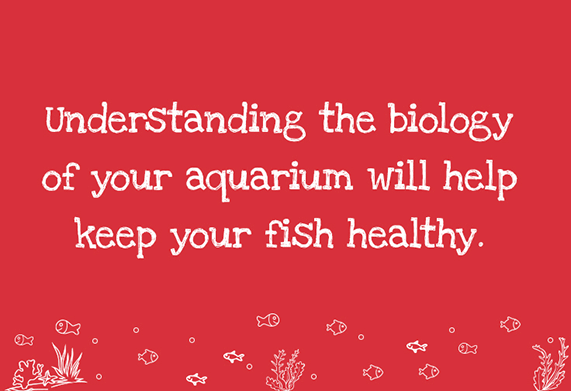Understanding Parasites
In basic terms, the parasite – be it visible or invisible to the human eye – relies totally on its host to survive, usually feeding from the host in small quantities. In our case the host is a fish.
The parasitic method of feeding can be a problem for the fish if it is not very well fed or healthy in the first instance.
The parasite doesn’t want the host to die as it is its primary food source but if the delicate host/parasite balance is upset, especially in fragile fish or fish that have contracted a secondary fungal or bacterial infection (see Fungal and Bacterial Infections), then the fish can die.
Outbreaks of parasites can escalate very quickly in the closed environment of the aquarium so prompt, accurate treatment is essential.
Parasites often have lifecycles that involve various stages, both on and off the fish. To treat correctly, it is essential to follow the treatment dosing and redosing accurately. If the fish has contracted a secondary infection, treat the parasite first then deal with the fungus or bacteria.
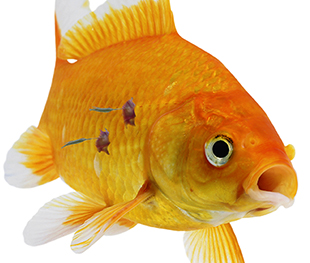
Often referred to as Itch, Ich or Ick, White spot is caused by the Ichyophirius parasite. Parasites are naturally present in aquariums and will be happily controlled by the immune system of your fish in small numbers. As stress factors in the tank weaken the fish, parasites can reach dangerous numbers and will become harmful to their fish hosts. Controlling stress factors is key to preventing outbreaks and the recovery of your fish.

Although we refer to white spot as invisible, tiny white spots can just be seen on the fish looking like grains of salt or sugar, especially in a bad case. The small white spots you see on the fish is the mature stage of the parasites life cycle and will not be directly affected by treatment. White spot treatments require two doses to catch the parasites at their most delicate stage. After the parasites have stopped feeding from the fish they will drop and begin to duplicate in a cyst on the bottom of the tank. When the cyst bursts the new parasites will swim through the water to find a fish to feed from, the time when they are swimming is the time the treatment will attack. Read our article specifically about white spot and treat with Anti White Spot Plus as soon as possible.
Tips for preventing White Spot:
Prevention is always better than cure and there are a few things you can do to help prevent this pesky parasite returning!
- Carry out regular water tests to monitor the health of your aquarium water and do partial water changes regularly.
- When buying new fish, inspect them carefully in store. Also, once home, monitor them in your aquarium as the stress of the move can trigger an outbreak.
- If you can, keep new fish in a separate aquarium for at least a week so you can be sure they’re fit and well before introducing them. If this isn’t possible, add Disease Away to your aquarium when you add your new fish.

Slime and velvet are caused by a variety of parasites which will be naturally present in small numbers on aquarium fish. The symptoms include a peppering of tiny gold specs across the body and/with a coating of excess mucus – slime – on the skin. In a healthy tank the fish’s immune system will cope with these parasites however fish stress (mostly caused by bad water quality) can lead to major outbreaks of parasites.
Limiting stress factors is the main way of preventing outbreaks and will also benefit the fish’s recovery during treatment.
Parasites use the fish as hosts for feeding and will then reproduce, releasing large numbers of new parasites into the aquarium water. These young will then find their own feeding host to begin the cycle again. Due to the cycle, parasites will spread rapidly in the right conditions so fast action and treatment with Anti Slime and Velvet is recommended. Some parasites have stages during their life cycle when they are resistant to treatment so may require a second treatment. Follow the treatment guidelines accurately.
Gill Maggots & Leeches/Crustaceans
The most common forms of visible parasites are: anchor worm (lernea), fish lice (argulus), gill maggots (ergasilus), and fish leeches (psicicola) and if left untreated these parasites can cause life threatening damage.
These parasites are relatively rare in aquariums and normally introduced with new fish or plants – carefully inspect any new fish and consider quarantining them before adding them to the aquarium.
Treatments of parasites are formulated to attack parasites at the weakest part of their lifecycle so accurate treatment must be done to ensure a successful treatment and recovery. Carefully follow all the redosing advice on the treatment instructions.
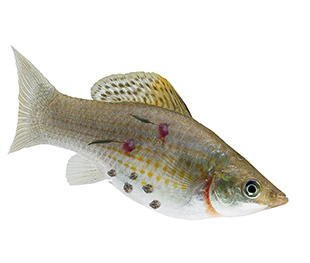
Note: it is important to be 100% sure of a diagnosis before treatment as medicines to kill visible parasites are very strong and will affect the biological filtration so require you to carefully manage the water quality in the aquarium during treatment.
How can you help speed up your fish’s recovery?
Using Aquilibrium First Aid Salt with the treatment will help your fish recover as it works as a supportive tonic, making the natural processes fish use to stay alive far easier to manage.
Key areas to consider and regularly monitor to prevent outbreaks and aid recovery:
- complete regular aquarium care maintenance
- regularly test water for abnormalities
- consider a quarantine before introducing new fish to an established tank
- use Disease Away as a preventative treatment – especially when adding new fish
